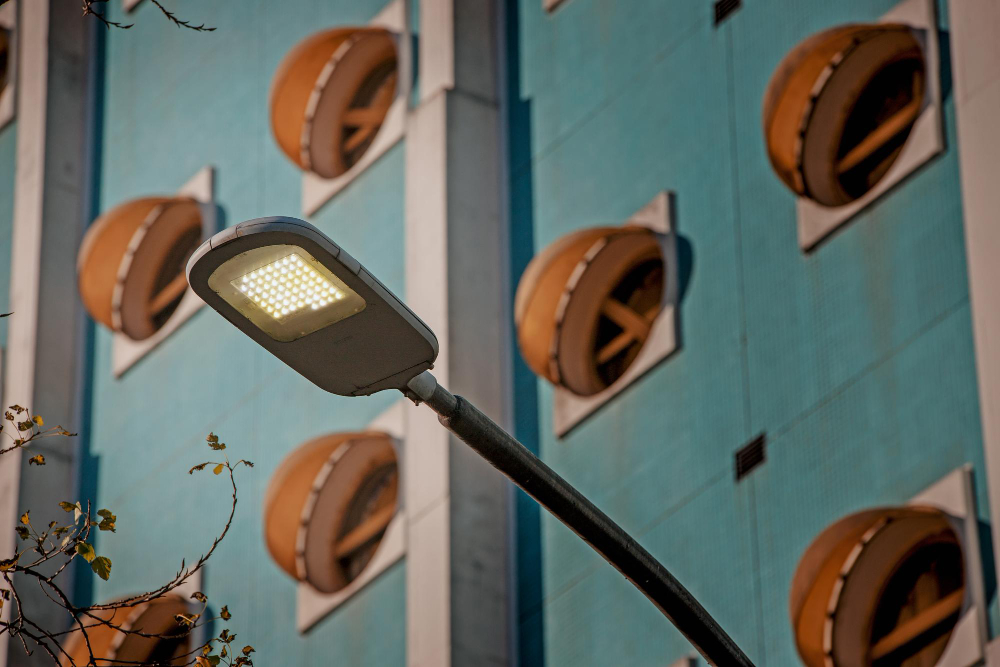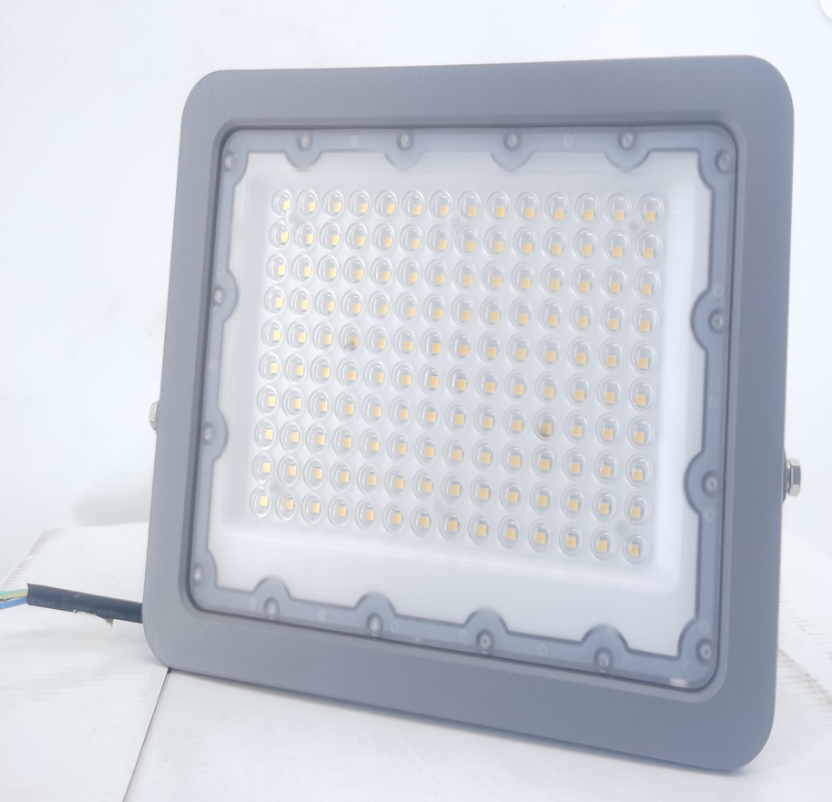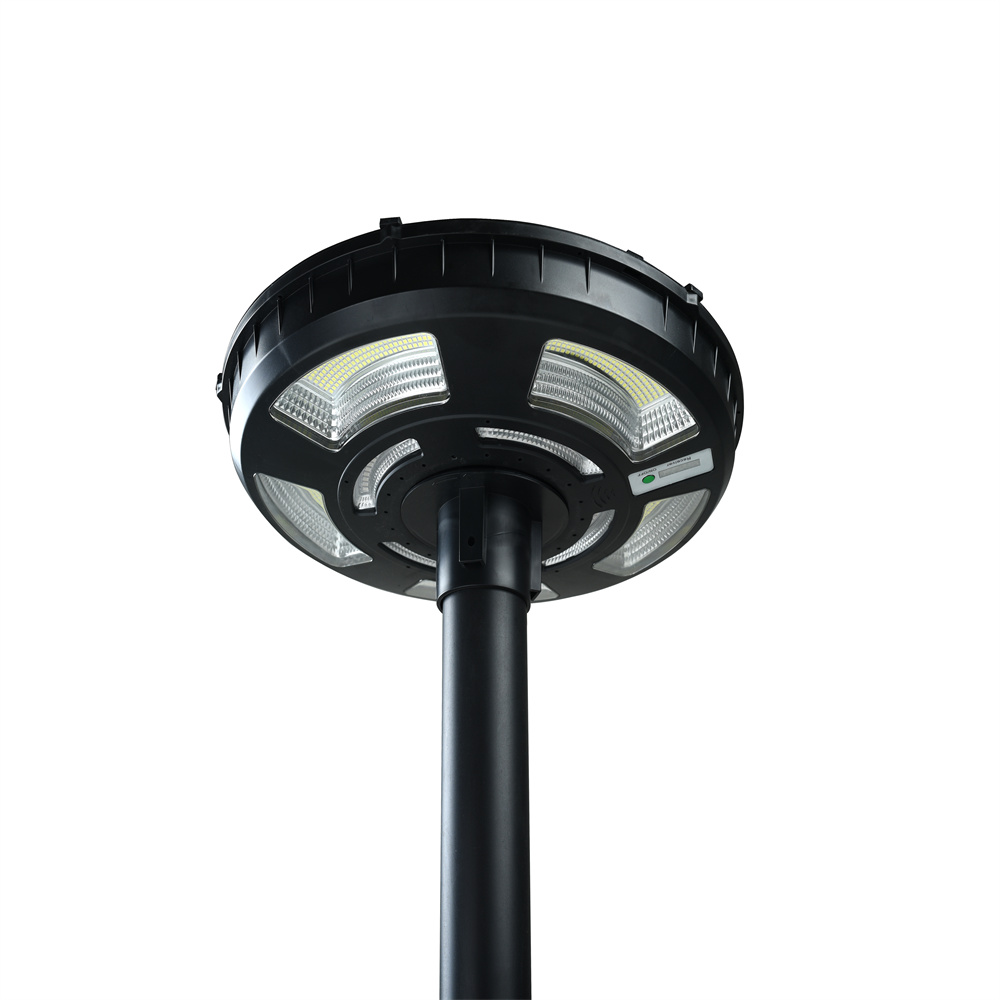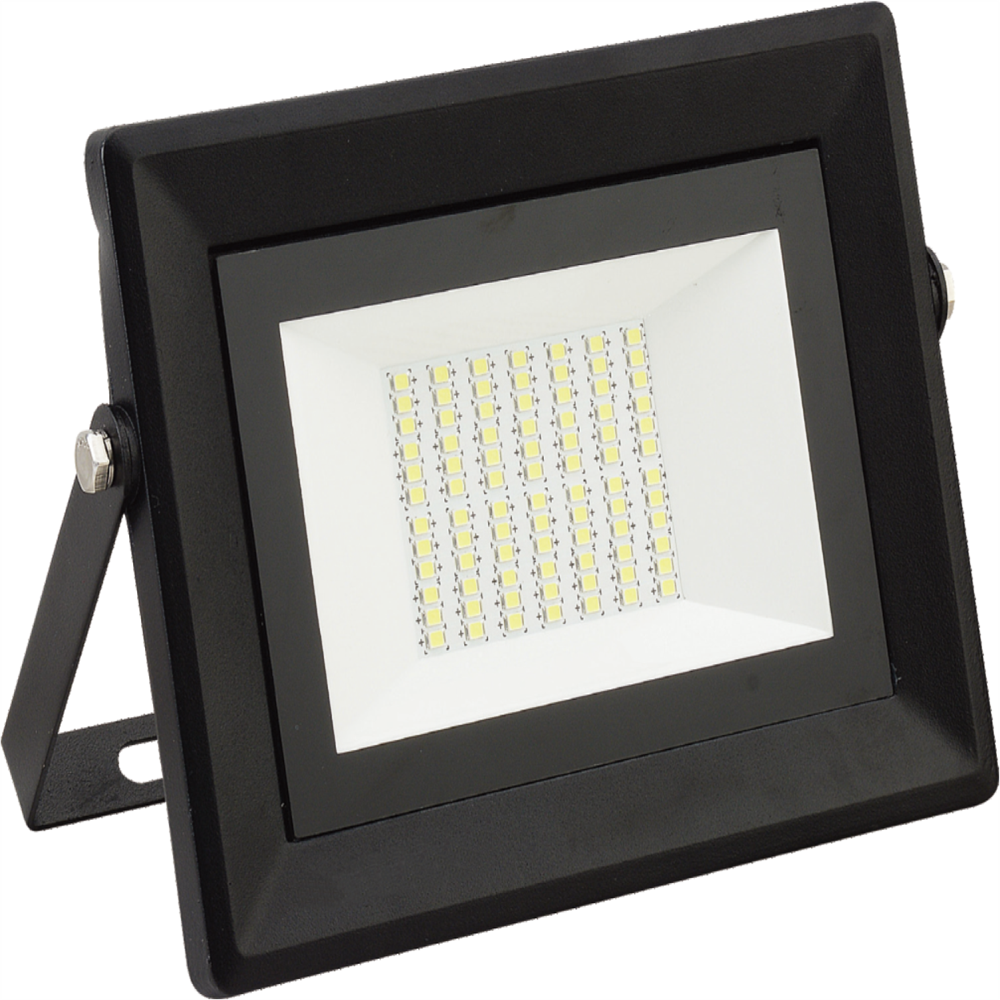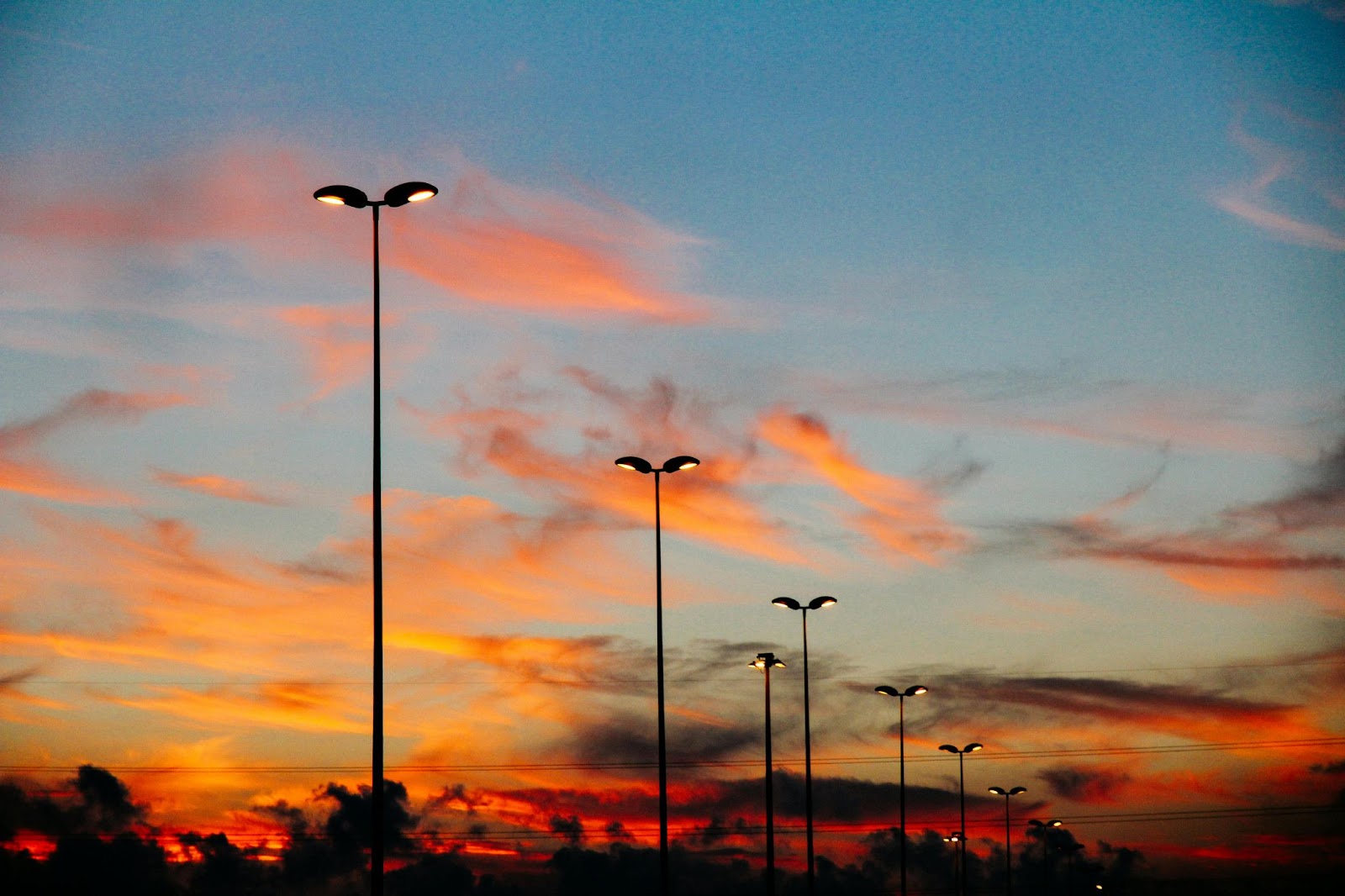Outdoor flood lighting can transform landscapes or improve area visibility and safety. But the chosen color temperature dramatically impacts ambiance, plant health, safety, circadian rhythms and more. Finding the right kelvin value requires balancing many factors. Let’s explore how the color spectrum influences floods. Light color, described in degrees Kelvin, gets overlooked compared to wattages […]
Outdoor flood lighting can transform landscapes or improve area visibility and safety. But the chosen color temperature dramatically impacts ambiance, plant health, safety, circadian rhythms and more. Finding the right kelvin value requires balancing many factors. Let’s explore how the color spectrum influences floods.
- Color temps range from warm (2700K) to cool (5000K+)
- Lower kelvins create relaxing moods; higher seem bright and stark
- Consider safety, plant growth, aesthetics, natural cycles
- Tailor flood color temps to each unique situation
Light color, described in degrees Kelvin, gets overlooked compared to wattages and beam angles. But it radically alters human perception and plant/animal physiology. Let’s break down the meaning of color temperature for outdoor lighting.
Understanding Color Temperature
The concept stems from heating a theoretical black body radiator until it glows in the visible spectrum. Scientists quantify the actual color emitted relative to absolute zero. For example, household bulbs burn at 2700K matching incandescent filaments. Blue sky averages around 10,000K.
Flood light color temps typically fall somewhere along this continuum of natural white light. The choice of warmer, red/yellow-tinged sources versus crisp, blue-hued sources dramatically impacts the surrounding environment.
The Kelvin Scale Explained
Most flood lighting utilizes LEDs able to produce a range of color temperatures. But what do the numbers mean visually? Here’s a general guide to the Kelvin scale:
- Warm White – 2700K to 3000K
At the warm end, 2700K matches household incandescent lights with a bright yellow glow at dusk. 3000K also emits faint yellow tones for a comforting ambiance. Warm floods seem cozy and relaxing.
- Neutral White – 3100K to 4500K
The midrange hits an overall neutral point around 4000K that balances warm and cool tones. Neutral floods simply provide clean, bright working light without any cast.
- Cool White – 4600K and higher
Once past 4500K, flood lights take on a crisp icy blue tone rather than yellow. 5000K mimics direct noon sunlight with very high color rendering for detail. Cool floods appear sterile and clinical –considered as the best color temperature for outdoor security lighting.
Specifying the best color temperature for LED flood lights depends greatly on the intended application. Factors like promoting security, complementing landscapes, supporting vision, and considering health and sleep patterns all help guide the choice. In most living spaces, warmer 2700-3500K floods create an inviting ambiance for relaxation and fun without overly suppressing melatonin or hindering dormancy cycles. Cool floods above 4000K better suit transition zones and work areas where visibility and detail matter more than lifestyle enjoyment.
Factors to Consider When Choosing Color Temperature
Here are a few things to keep in mind while selecting color temperature:
- Promoting Security and Safety
When the primary goal of outdoor flood lighting is to enhance visibility for improved security and safety, cooler color temperatures above 4000K are ideal. The blue-hued light helps cameras better capture detail and recognizable features.
Similarly, the stark contrast under cool white floods enables pedestrians and motorists to better identify potential threats, obstacles, or trip hazards along pathways. Cool floods also aid depth perception and spatial awareness at night.
- Enhancing Natural Beauty
Where ambiance takes priority over visibility, such as along garden pathways or patio areas meant for relaxation, choose warmer 2700k-3000K floods to complement landscapes.
The red and yellow hues better showcase foliage colors under dim illumination while lending a welcoming glow conducive to entertaining or leisurely strolling. Cool floods tend to wash out colors and create overly bright, unnatural tones not suited to unwinding outdoors.
- Supporting Plant Health & Growth Cycles
Research into horticulture lighting shows wavelengths in the red to yellow-green spectrum – abundant in 2700-3500K sources – drive better photosynthesis and growth in flowering plants. Meanwhile, blue-rich light above 4000K inhibits plants from properly going dormant and fruiting.
So, for general colored outdoor flood lights, aim for warmer color temps that work in harmony with nature. Around greenhouses, specialized horticultural LEDs are ideal.
- Preserving Healthy Sleep Patterns
Flood lighting above 4000K risks interfering with natural circadian rhythms by suppressing melatonin production at night. This may disturb sleep-wake cycles if used heavily near bedrooms.
Where possible, install warmer color temperature floods closer to living spaces or put outdoor areas on timers or smart controls to switch off during prime sleeping hours. Use cooler floods only intermittently in entertainment zones.
- Enhancing Night Vision
Under mesopic conditions of partial dark adaptation, our eyes discern contrast and obstacles best at intermediate light levels. Glare from bright, cool floods oversaturates vision. But warm floods below 3000K may seem too dim.
Neutral white floods from 3600-4100K strike a productive balance, providing ample supplemental lighting for movement while preserving natural night vision.
Application-Specific Recommendations
Depending on the applications, you can select the following temperature settings:
- Pathways & Landscaping
For general landscape ambiance and lighting walking routes, 3000K warm white floods add visibility while maintaining inviting tones that encourage nighttime enjoyment.
- Patios & Outdoor Living
Much like pathways, flood lighting patios and outdoor kitchens/dining with warm 2700-3000K sources creates a welcoming environment for evening barbecuing, dining and parties all season long.
- Outdoor Work Areas
In spaces like barns, stables, kennels and maintenance shops where floods facilitate tasks rather than lifestyle activities, utilize neutral white floods from 3600-4100K to cleanly light work zones without aesthetic concerns.
- Building Facades & Architecture
For dramatically highlighting architectural shapes and textures, cool 4500-5000K floods create stark contrast compared to surrounding darkness. This showcases details.
- Pools & Water Features
Use neutral white floods around 4000K to light pools, spas, and fountains for safety and visibility if swimming or soaking at night, without overly clinical tones.
- Driveways, Alleys & Parking
For simply illuminating vehicle and foot traffic areas, including suburban alleys and rural driveways, cool 4500-5000K floods boost mesopic vision and security camera imaging.
Conclusion
Fortunately, RRRlighting offers floods across the complete Kelvin range, so lighting designers can tailor color quality to unique spaces. With programmable drivers, floods adapt to evolving needs. Contact RRRlighting’s lighting experts for help selecting optimal Kelvin ratings and intelligent controls to light any commercial, industrial, or residential landscape.





